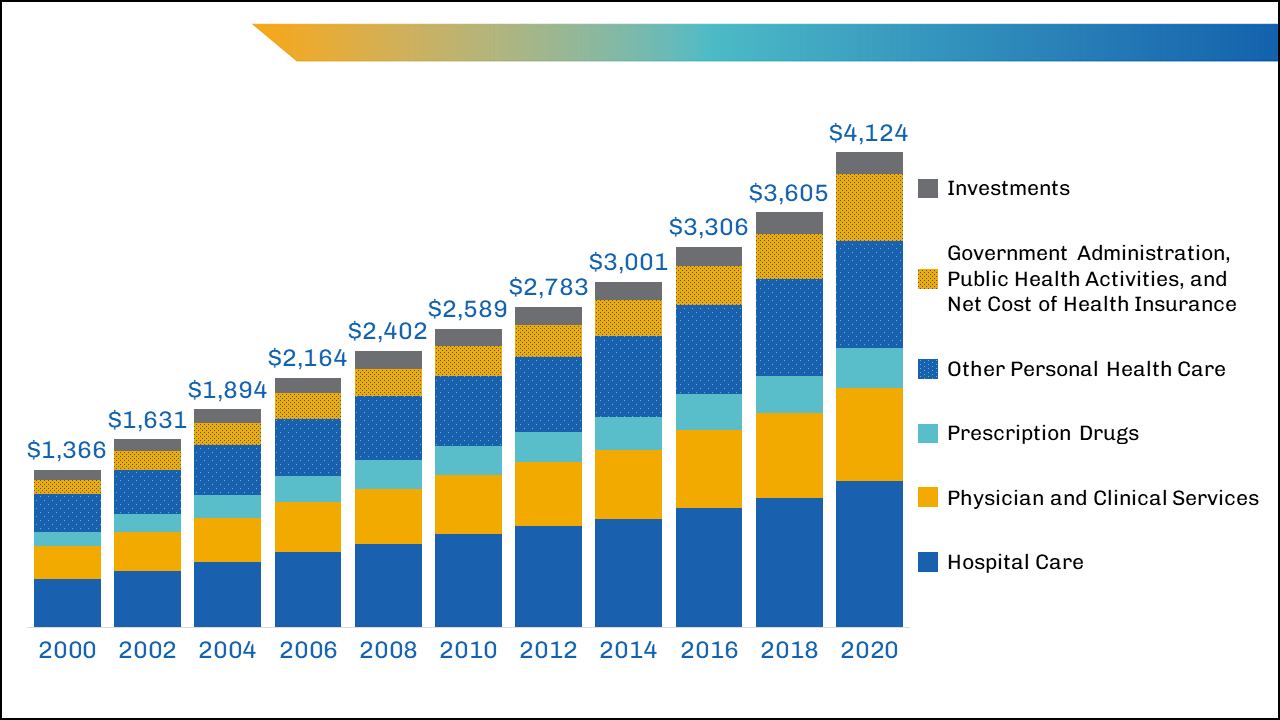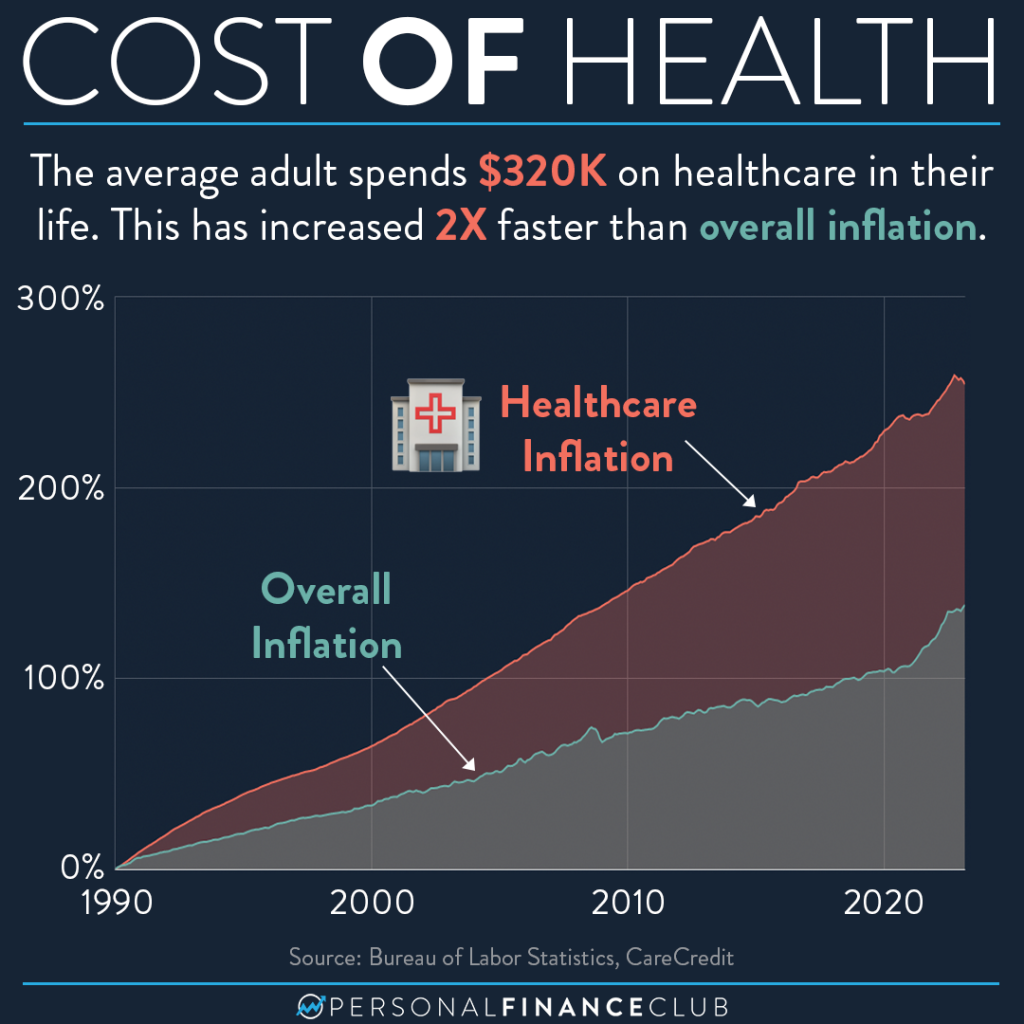Just How Healthcare RCM Solutions Streamline Payment and Collections
Just How Healthcare RCM Solutions Streamline Payment and Collections
Blog Article
A Comprehensive Guide on How Healthcare RCM Works to Improve Invoicing and Collections
Browsing the complexities of medical care earnings cycle administration (RCM) is important for service providers aiming to improve their payment and collections processes. The overview unboxes the ins and outs of RCM, from person enrollment to balance dues management, using understandings into optimizing each step. Integrating sophisticated technology and standardized procedures can significantly lower claim denials and accelerate settlement cycles. Yet, real challenge depends on flawlessly combining these components to improve cash flow. As we discover the core components and methods that drive effectiveness, one question remains: just how can medical care entities finest position themselves to flourish economically in an ever-evolving sector?
Comprehending Earnings Cycle Monitoring
Understanding the details of Revenue Cycle Management (RCM) is important for healthcare organizations aiming to enhance their financial efficiency. RCM is an important management feature that incorporates the whole economic process of person treatment, from the preliminary visit establishing to the last repayment of the balance. It is an intricate procedure made to identify, gather, and manage the profits from the services provided to clients. Effective RCM ensures that medical care carriers obtain prompt and precise payments, reducing the danger of revenue loss and boosting cash money flow.
The RCM process starts when an individual routines a consultation and prolongs with the individual's treatment journey, consisting of payment and collections. A vital goal is to minimize the time in between getting and supplying a solution settlement, thus improving the company's monetary wellness. RCM includes numerous features such as individual registration, insurance coverage verification, fee capture, coding, declares submission, settlement publishing, and managing charms and rejections.
Key Parts of RCM
In the realm of Income Cycle Management (RCM), understanding its crucial elements is essential to achieving economic effectiveness within health care organizations. RCM is a thorough process that includes various stages, each crucial to making sure reliable invoicing and collections. The primary components include person enrollment, insurance verification, cost capture, coding, claim submission, repayment uploading, and receivable monitoring.


Once coded, claims are submitted to payers, where accuracy is extremely important to prevent denials or delays - Healthcare RCM. Settlement uploading entails recording the received repayments, which enables the reconciliation of accounts. Finally, accounts receivable monitoring concentrates on tracking and dealing with unpaid claims, guaranteeing prompt follow-up and resolution
Each part of RCM is interconnected, and inadequacies in any type of part can interfere with the entire cycle. As a result, understanding these components is essential for health care carriers to enhance profits and improve their economic health.
Approaches for Effective Invoicing

Systematizing billing treatments throughout the company is an additional vital method. Establishing clear standards for documents, coding, and submission aids keep consistency and conformity with regulatory requirements. Educating team on a regular basis on these procedures makes sure everyone is current with the current adjustments in payment codes and payer plans.
Exact fee capture is necessary in stopping revenue leak. Carrying out normal audits and tracking systems permits for the identification and adjustment of discrepancies prior to they impact revenue. Additionally, maintaining open lines of communication with payers assists to rapidly settle any disagreements or misconceptions that may arise.

Finally, appealing people early in the payment process by giving clear estimates and educational products about their economic obligations can substantially reduce confusion and enhance payment timeliness. These methods jointly add to a more economically healthy and reliable payment system.
Enhancing Collections Procedures
A durable collections procedure is important for preserving financial stability within healthcare organizations. Given the intricacies of medical billing and the variety of payer requirements, boosting the collections process includes implementing strategic actions that make certain accurate and timely payment of solutions provided. Central to this is the use of modern technology to automate and enhance processes, improving and minimizing manual errors performance. Automation devices can assist in tracking case conditions, sending out timely reminders to clients, Find Out More and handling denials more properly.
Clear and clear client communications are crucial. Providing detailed explanations of charges and providing versatile repayment strategies can boost patient contentment and timely repayments.
Normal audits of the collections process should be carried out to determine locations for improvement and make sure conformity with policies. By assessing data, medical care companies can determine patterns, anticipate prospective concerns, and adapt methods as necessary (Healthcare RCM). Inevitably, a well-enhanced collections procedure not only sustains monetary health but likewise adds to a more seamless experience for clients and team alike
Optimizing Revenue Streams
Building upon the structure of a solid collections process, health care organizations can even more strengthen their economic security by purposefully optimizing profits streams. This entails a multi-faceted approach, starting with a thorough analysis of existing earnings sources to identify inadequacies and areas for growth. Using innovative information analytics tools allows organizations to obtain understandings right into payer mix, individual demographics, and service utilization patterns, permitting for data-driven choices that improve profits capture.
Applying automated invoicing systems can significantly decrease mistakes and accelerate cases refining, making certain that profits is collected a lot more effectively. In addition, maximizing payer agreements through routine settlements can boost compensation rates and terms, straight influencing the bottom line. Expanding solution offerings, such as including telehealth or health care, can likewise attract a more comprehensive client base, thus enhancing profits potential.
An additional critical element is enhancing individual involvement and fulfillment, as satisfied clients are a lot more most likely to stick to treatment strategies and make timely payments. Using adaptable payment options and transparent billing practices can improve collections and foster person loyalty. Healthcare RCM. By embracing these strategies, healthcare web organizations can develop a more resistant financial structure, guaranteeing sustained development and stability in an ever-changing market landscape
Conclusion
In final thought, medical care Profits Cycle Management (RCM) plays an essential function in optimizing billing and collections procedures by integrating key elements such as person registration, insurance coverage verification, charge capture, coding, asserts submission, and accounts receivable management. By utilizing advanced innovation, systematizing treatments, and fostering client engagement, health care service providers can considerably minimize insurance claim rejections, increase settlement cycles, and boost capital. This thorough strategy you could look here to RCM ultimately results in enhanced monetary efficiency and sustainability for medical care organizations.
The RCM process starts when a patient timetables an appointment and prolongs with the client's treatment journey, consisting of billing and collections.Another critical part is boosting client engagement and contentment, as pleased people are much more likely to adhere to treatment plans and make prompt settlements. Providing flexible repayment options and transparent invoicing techniques can improve collections and foster patient commitment.In verdict, health care Profits Cycle Management (RCM) plays an essential role in optimizing billing and collections procedures by integrating essential parts such as client registration, insurance coverage confirmation, charge capture, coding, asserts entry, and accounts receivable administration. By utilizing innovative technology, systematizing procedures, and promoting client involvement, healthcare suppliers can significantly lower case rejections, increase payment cycles, and improve money circulation.
Report this page